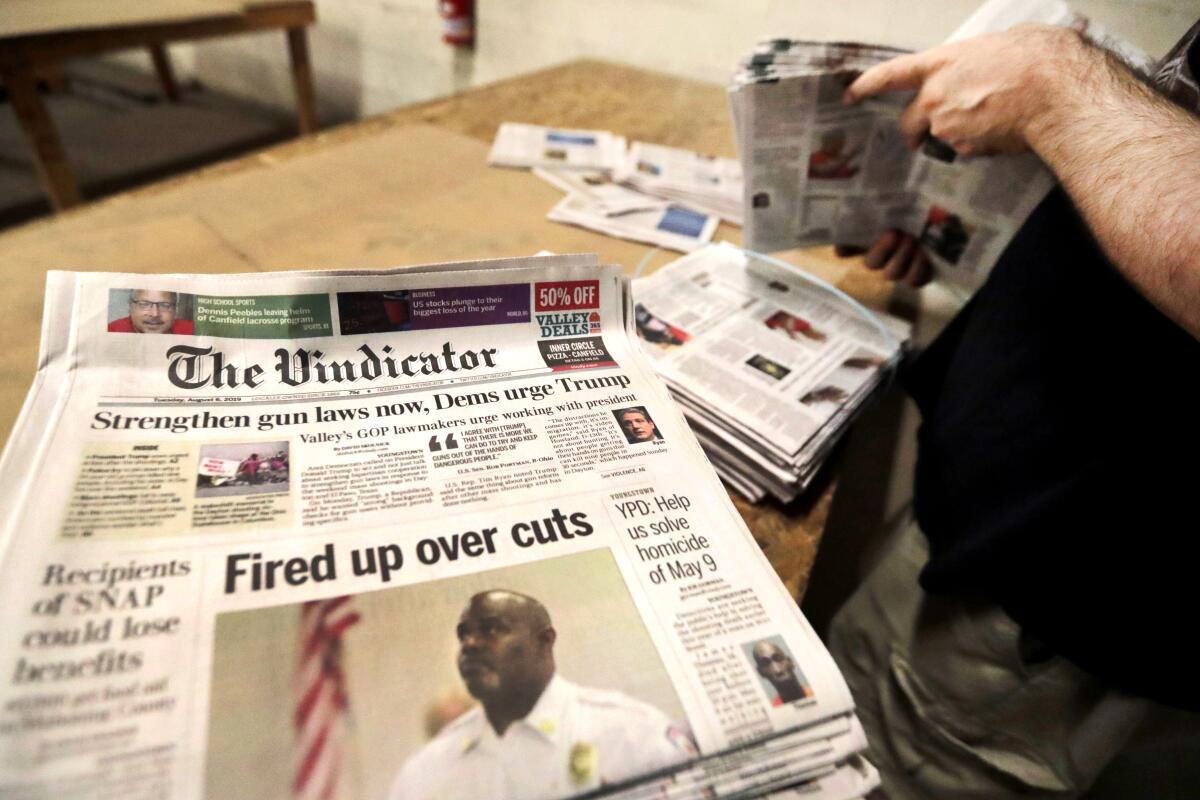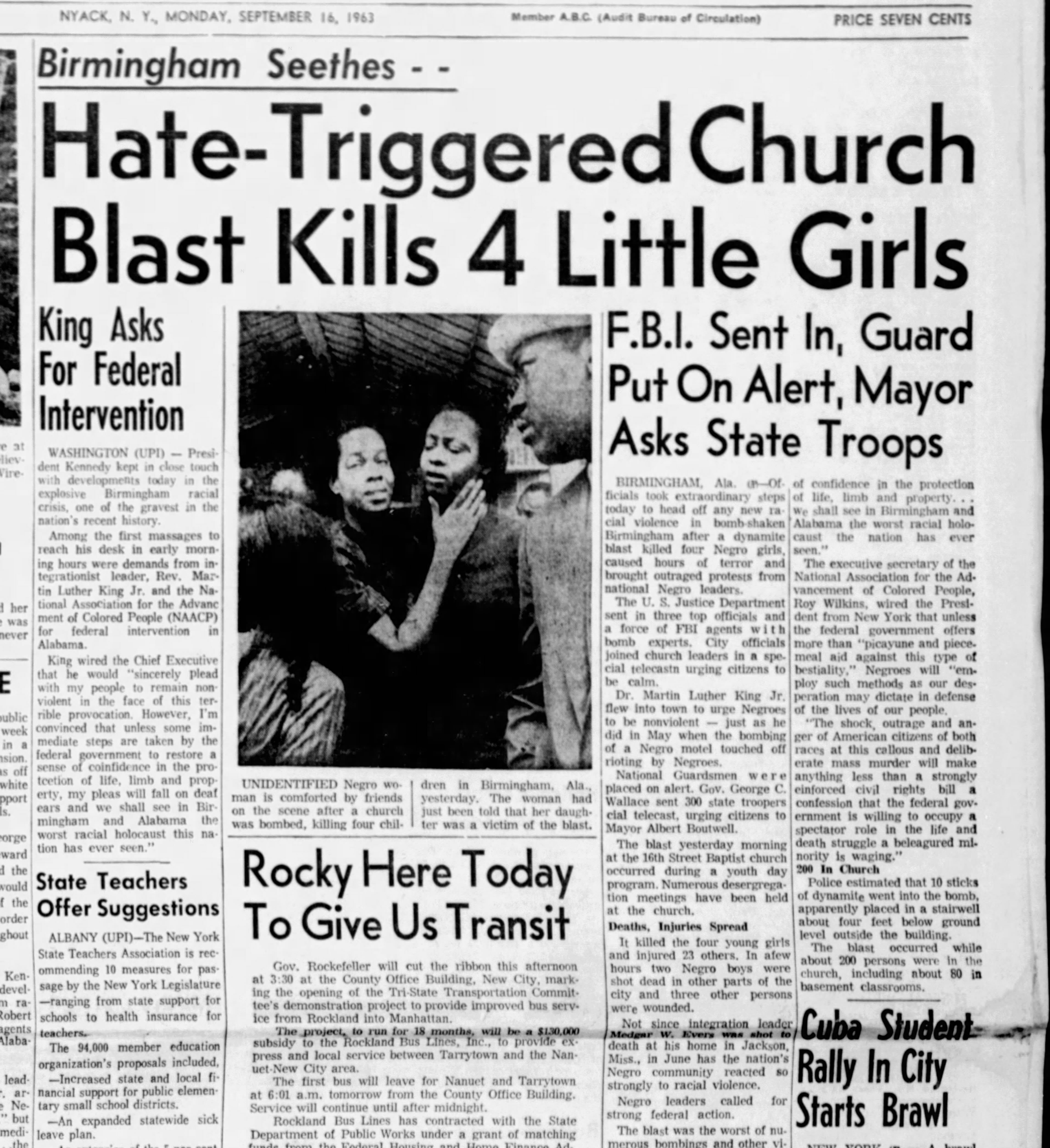News Articles Can Be Fun For Everyone
Not known Details About News Articles
Table of ContentsThe Single Strategy To Use For News ArticlesWhat Does News Articles Mean?The Of News ArticlesUnknown Facts About News Articles8 Easy Facts About News Articles Shown
Excellent expertise of various topics gives pupils an one-upmanship over their peers. Although digital and social networks are conveniently obtainable, we ought to not forget how vital it is to check out the newspapers. Moms and dads should attempt and inculcate the routine of checking out a newspaper as an everyday regimen to continue the tradition of the adored print medium.News stories additionally have at least one of the following crucial features loved one to the intended audience: proximity, importance, timeliness, human rate of interest, curiosity, or repercussion.
Within these limits, news stories additionally intend to be extensive. Among the larger and a lot more recognized papers, justness and equilibrium is a significant aspect in providing info.
Newspapers with a worldwide target market, for instance, have a tendency to utilize an extra official style of composing. News Articles.; usual style guides consist of the and the United States Information Design Publication.
The 7-Minute Rule for News Articles
Generally, journalists will certainly not utilize a long word when a short one will certainly do. They make use of subject-verb-object building and brilliant, energetic prose (see Grammar). They provide anecdotes, instances and metaphors, and they seldom depend upon generalizations or abstract concepts. Information authors try to prevent using the very same word greater than as soon as in a paragraph (sometimes called an "resemble" or "word mirror").
Headings sometimes leave out the subject (e.g., "Jumps From Watercraft, Catches in Wheel") or verb (e.g., "Cat lady fortunate"). A subhead (additionally subhed, sub-headline, subheading, subtitle, deck or dek) can be either a secondary title under the major headline, or the heading of a subsection of the short article. It is a heading that comes before the primary message, or a group of paragraphs of the major text.

of a write-up subject, informant, or interviewee), it is referred to as a pulled quote or draw quote. Extra billboards of any of these kinds might show up later on in the article (especially on subsequent pages) to tempt more analysis. Journalistic sites often make use of computer animation techniques to switch one billboard for one more (e.g.
News Articles for Dummies
Such signboards are additionally made use of as reminders to the article in other sections of the publication or site, or as ads for the item in various other magazine or sites. Press launch of the Swiss government. Common structure with title, lead paragraph (recap in vibrant), various other paragraphs (details) and get in touch with info.

Instance of a hard-lead paragraph NASA is proposing another space project. The budget plan demands about $10 billion for the task.
The NASA announcement came as the company requested $10 billion of appropriations for the job. An "off-lead" is the second essential front web page news of the day. The off-lead appears either in the leading left edge, or directly listed below the lead on the right. To "hide the lead" is to begin the article with background info or details of secondary relevance to the visitors, forcing them to find out more deeply into an article than they need to have to in order to discover the essential find more info factors.
9 Easy Facts About News Articles Shown
Typical usage is that one or two sentences each form their very own paragraph. Reporters usually explain the company or structure of a news story as an upside down pyramid. The vital and most fascinating elements of a tale are put at the beginning, with supporting info complying with in order of lessening importance.
It allows people to check out a subject to just the deepness that their inquisitiveness takes them, and without the charge of information or subtleties that they can consider unimportant, however still making that info readily available to extra click here for info interested viewers. The inverted pyramid structure also allows write-ups to be cut to any kind of arbitrary length during design, to fit in the area available.
Some writers start their tales with the "1-2-3 lead", yet there are many kinds of lead readily available. A twist can refer to multiple things: The last tale in the information broadcast; a "pleased" story to end the show.
Longer articles, such as publication cover articles and the pieces that lead the inside sections of a paper, are understood as. Feature tales vary from straight information in numerous methods. Foremost is the lack of a straight-news lead, many of the moment. Instead of providing the essence of a story up front, attribute writers may try to draw viewers in.
Get This Report about News Articles
An attribute's initial paragraphs commonly associate an appealing moment or occasion, as in an "unscientific lead". From the particulars of a person or episode, its sight swiftly expands to generalizations concerning the story's topic.

The Editor's Toolbox: A Referral Guide for Beginners and Professionals (2001) Allan M. Siegal and William G. Connolly. The New York City Times Handbook of Design and Use: The Official link Style Guide Used by the Writers and Editors of the Globe's A lot of Reliable Paper (2002) M. L. Stein, Susan Paterno, and R.